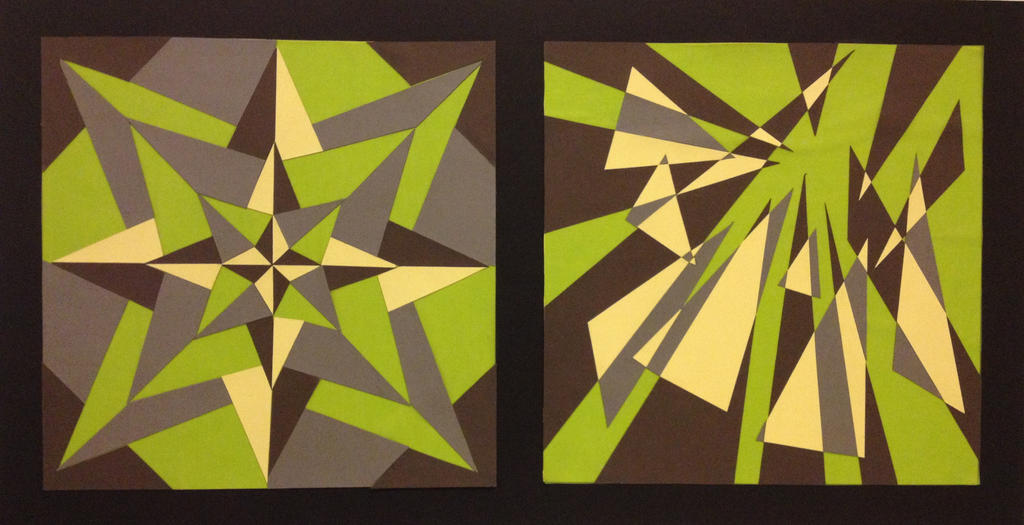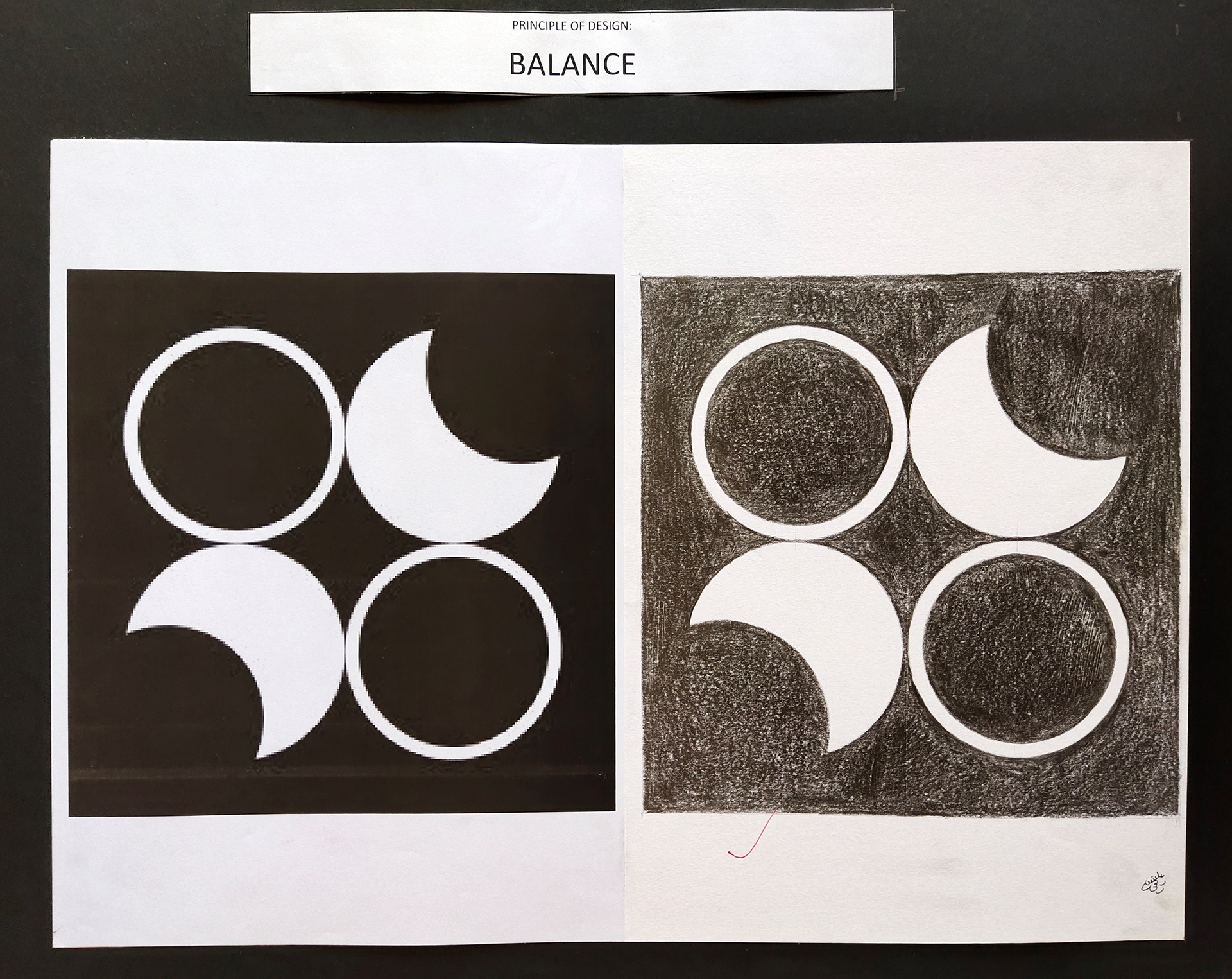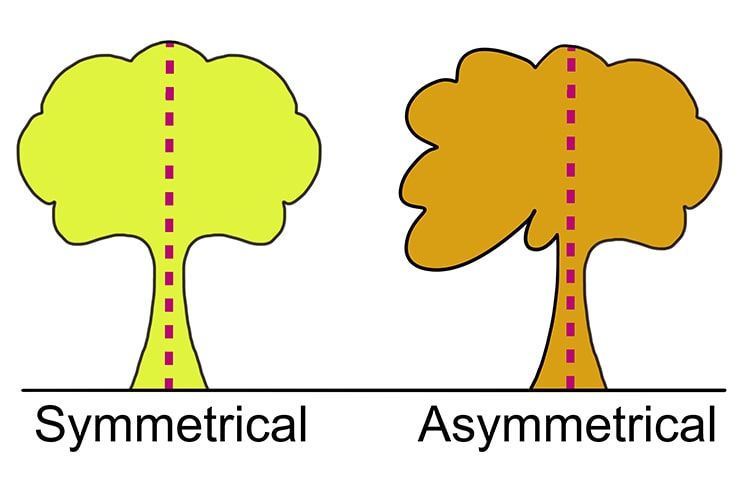Symmetrical And Asymmetrical Drawing
Symmetrical And Asymmetrical Drawing - Web symmetrical balance is a fundamental principle of art and design, and it can be found everywhere from art to design to architecture. Web the visual quality of symmetry is the repetition of elements within an image along an axis, a path, or a center. Naum gabo, untitled sculpture in rotterdam, the netherlands, 1957. Web symmetrical, asymmetrical, radial, and crystallographic are the four types of balance in art. The goal of visual balance is to make a design appear evenly distributed throughout the composition.
2 symmetrical vs asymmetrical balance 3 examples of paintings with asymmetrical balance 4 asymmetrical balance and visual elements 5 creating asymmetrical balance 6 compositional techniques to achieve asymmetrical balance 7 other types of balance in art 8 finally Web the main differences are as follows: Symmetrical balance is the most famous one, as it is easy to use and transforms a messy composition into a simple and beautiful mirrored image Symmetrical balance, on the other hand, is achieved in work of art when visual elements are arranged on both sides of a center line in equal weight. Draw a line through the artwork and compare each side. Web as a general rule, a symmetrical drawing has identical parts mirrored across the symmetry line, implied or actual. In easy words, we can say the differences between symmetrical and asymmetrical as the images which can be divided into identical halves are symmetrical and cannot are asymmetrical.
Symmetrical/Asymmetrical Composition by ninangame on DeviantArt
If you’re looking for inspiration or just curious about how symmetry works, this. Web i this text we will learn about the nature of balance, see its effect in our surroundings and artworks, and discuss the differences between the two types of balance: Balance in nature and art. Asymmetrical balance (or asymmetry) means that the.
There are two basic types of balance symmetrical and asymmetrical
Symmetrical balance, on the other hand, is achieved in work of art when visual elements are arranged on both sides of a center line in equal weight. Let’s take a look at an example of asymmetrical balance: Web i this text we will learn about the nature of balance, see its effect in our surroundings.
Types of Balance Art Lesson Create Art with ME
In easy words, we can say the differences between symmetrical and asymmetrical as the images which can be divided into identical halves are symmetrical and cannot are asymmetrical. Asymmetrical balance can create a more dynamic and exciting composition, while symmetrical balance creates a more harmonious and stable composition. On the other hand, anything that is.
Symmetric and asymmetric figures What is a line of symmetry YouTube
To be considered asymmetrical, a design needs to have unequal visual weig ht on either side, but those unequal visuals need to balance each other. In this post, we’ll help you understand asymmetrical balance, along with some examples of how you can use it. If you’re looking for inspiration or just curious about how symmetry.
Asymmetrical Balance In Art Examples Easy andrewstevenwatson
In a design with only two elements, they would be almost identical or have nearly the same visual mass. To be considered asymmetrical, a design needs to have unequal visual weig ht on either side, but those unequal visuals need to balance each other. 2 symmetrical vs asymmetrical balance 3 examples of paintings with asymmetrical.
Symmetry vs. Asymmetry in Design How to Use Visual Balance
Balance in nature and art. It’s the perfect way for artists and designers alike to create beautiful compositions that are balanced and pleasing to the eye. Web i this text we will learn about the nature of balance, see its effect in our surroundings and artworks, and discuss the differences between the two types of.
Symmetry For Kids (Symmetrical & Asymmetrical Shapes) YouTube
Asymmetrical balance (or asymmetry) means that the two halves of the work of. Yet, if you can draw an obvious symmetry line on top of an image, symmetry is involved. Web the main differences are as follows: To be considered asymmetrical, a design needs to have unequal visual weig ht on either side, but those.
Geometric Symmetry 2 by Jason Galles Geometric shapes art, Geometric
Symmetry is based on the equal principle, in which an object or image is divided into two exactly equal parts. Web drawing something perfectly symmetrical is pretty hard, so most of your creations are probably asymmetrical. We can exploit asymmetry, using it to draw attention to areas in the design or to convey dynamism or.
Symmetrical , Asymmetrical Composition by SanuritaSara on DeviantArt
Web i this text we will learn about the nature of balance, see its effect in our surroundings and artworks, and discuss the differences between the two types of balance: What is the most famous type of balance in art? 2 symmetrical vs asymmetrical balance 3 examples of paintings with asymmetrical balance 4 asymmetrical balance.
Principles of Design symmetrical, asymmetrical, radial, and
Web to determine if an artwork uses symmetrical balance, draw a line through the center of it and compare each side. Symmetrical balance is the most famous one, as it is easy to use and transforms a messy composition into a simple and beautiful mirrored image Web in contrast, in the asymmetrical balance, the artist.
Symmetrical And Asymmetrical Drawing Web symmetrical balance is a fundamental principle of art and design, and it can be found everywhere from art to design to architecture. Web in contrast, in the asymmetrical balance, the artist creates balance through different elements on either side of the composition. It’s the perfect way for artists and designers alike to create beautiful compositions that are balanced and pleasing to the eye. The mirroring might not be exact with symmetry, especially when it’s not a geometrical drawing. In a design with only two elements, they would be almost identical or have nearly the same visual mass.
Web The Main Differences Are As Follows:
In a design with only two elements, they would be almost identical or have nearly the same visual mass. This video is an introduction to symmetrical & asymmetrical drawing. Web contents hide 1 what is asymmetrical balance in art? Web symmetrical balance in art is when each half of the artwork is identical or very similar.
Web Asymmetrical Balance Occurs When You Have Different Visual Images On Either Side Of A Design, And Yet The Image Still Seems Balanced.
When it comes to art, we may say that balance represents the purposeful organization of visual elements of. As in biology, elements are like cells or parts of an ecosystem. Web there are two types of balance: The mirroring might not be exact with symmetry, especially when it’s not a geometrical drawing.
Compositional, Symmetrical And Asymmetrical Balance 18 Min Read Inspiration , Design , Creativity , Design Principles , Graphic Design Twitter , Linkedin.
In asymmetrical balance, the two sides are not identical, but differ from one another. In this post, we’ll help you understand asymmetrical balance, along with some examples of how you can use it. Web symmetrical balance (or symmetry) means that the work of art is the same on one side as the other, a mirror image of itself, onboth sides of a center line. Web the visual quality of symmetry is the repetition of elements within an image along an axis, a path, or a center.
Asymmetrical Balance (Or Asymmetry) Means That The Two Halves Of The Work Of.
In symmetrical balance, if an imaginary line is drawn through the center of the work, both sides are exactly the same, and balanced in that way. Web now, two of the prominent approaches used to create this balance are symmetrical design and asymmetrical design. Web as a general rule, a symmetrical drawing has identical parts mirrored across the symmetry line, implied or actual. It’s the perfect way for artists and designers alike to create beautiful compositions that are balanced and pleasing to the eye.










